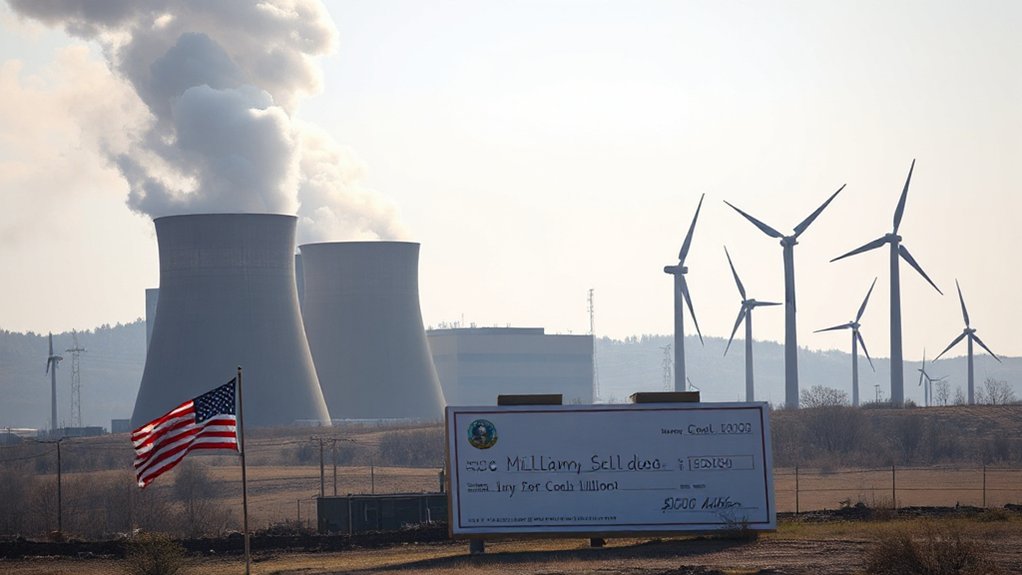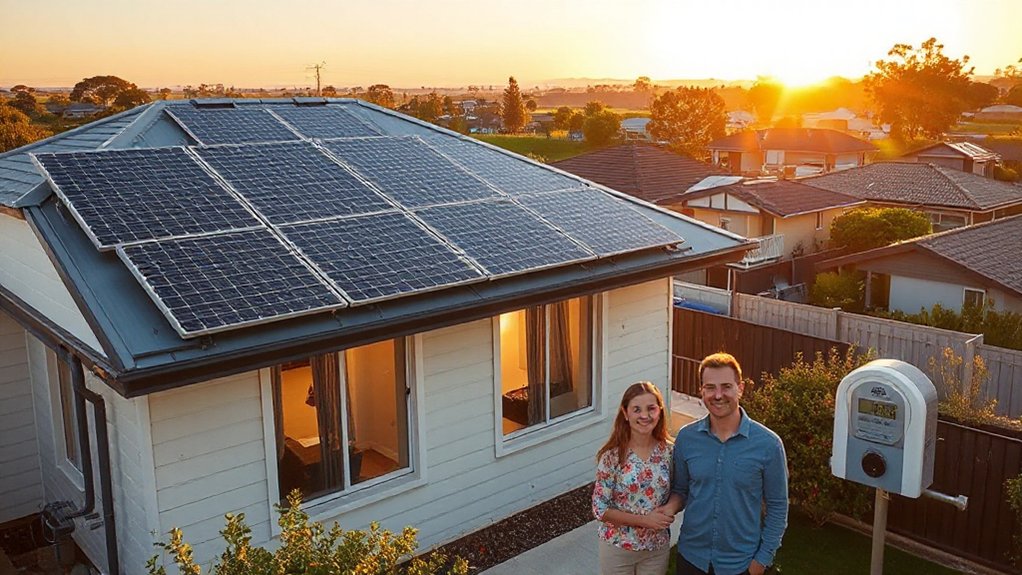Nearly every Ohioan will soon feel the effects of the state’s most ambitious energy overhaul in decades. HB 15 and SB 2 aren’t just paperwork gathering dust in Columbus—they’re game-changers poised to flip Ohio’s energy terrain upside down. Signed this May, HB 15 offers sweet tax breaks for clean energy projects on brownfields and abandoned minelands. Who knew toxic wastelands could be so valuable?
The bills sailed through with shocking bipartisan support. SB 2 passed the Senate unanimously, while HB 15 cruised through the House 92-3. Politicians agreeing on something? Must be the apocalypse.
These reforms didn’t come from nowhere. For years, Ohioans have been writing bigger checks to prop up dying coal plants through subsidies that made about as much sense as ice skating in July. Those days are over. The new legislation kills those subsidies and eliminates “electric security plans”—utility-speak for “we’re charging you extra without explaining why.”
What’s in it for regular folks? Lower electric bills, for starters. More reliability, too. No more lights flickering every time there’s a stiff breeze. The reforms encourage private companies to jump into energy generation, creating competition. And competition, as any high school economics student could tell you, usually means better prices. Much like Alaska’s rural energy initiatives, Ohio’s approach aims to create more affordable and consistent power supplies for communities.
Solar developers are practically salivating. Those tax incentives make building on old industrial sites financially attractive. The state has potential to transform over 600,000 acres of minelands and brownfields into productive renewable energy sites. Behind-the-meter generation rules have been loosened, meaning more opportunities for local clean energy projects.
Communities get a win, too. Reclaiming useless land for solar farms beats letting it sit vacant. Plus, the shift away from coal means cleaner air—fewer kids with asthma, fewer seniors with breathing problems. The legislation also establishes a groundbreaking School Energy Program that will help public schools install solar panels, reducing their energy costs and providing educational opportunities.
It’s not all sunshine and rainbows. Implementation will take time. But Ohio’s energy revival is happening, whether the coal industry likes it or not. The state that once powered America through industry is reinventing itself. Again.
References
- https://www.greatlakesnow.org/2025/05/why-the-solar-industry-is-counting-ohios-newest-energy-law-as-a-win/
- ftp://ftp.sri.com/risks/illustrative.html
- https://theoecactionfund.org/news-and-information/smart-energy-policy-is-advancing-in-ohio-lets-make-it-stronger/
- https://www.ucsiuniversity.edu.my/sites/default/files/the-elements-of-academic-style.pdf
- https://www.dickinson-wright.com/news-alerts/ohio-house-bill-15-odonnell-shimp









